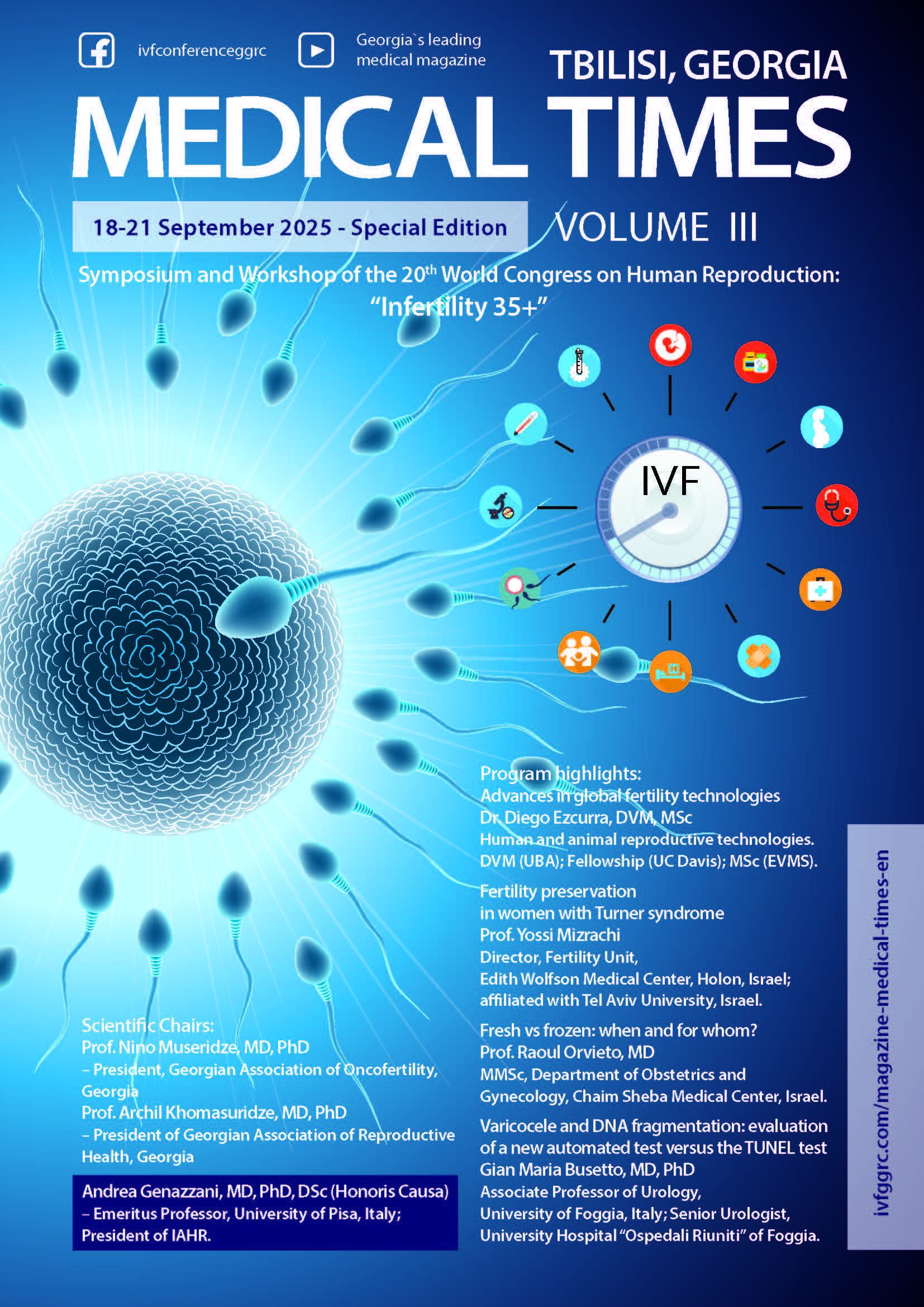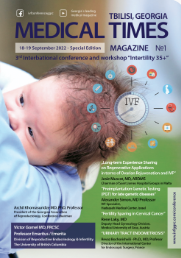Prevention of HPV Recurrence with HPV Vaccination After Laser Vaporization and Conization in Reproductive-Age Patients with HSIL-CIN 2
DOI:
https://doi.org/10.71419/mtggrc.2025.28Keywords:
HPV vaccination, HSIL-CIN 2;, CO₂ laser conization, recurrence prevention, gardasil;, reproductive-age women, cervical cancerAbstract
Background: Persistent infection with high-risk human papillomavirus (HPV) after surgical management of high-grade squamous intraepithelial lesions (HSIL-CIN 2) is recognized as a major driver of recurrence and progression to cervical cancer.⁶ ¹⁰ Despite advances in screening and surgical techniques, recurrence rates remain clinically significant. Globally, cervical cancer continues to be one of the most common cancers affecting women, particularly in low- and middle-income countries.⁶ Although prophylactic HPV vaccines such as Gardasil® and Gardasil 9® were initially developed for primary prevention, emerging evidence suggests that they may also serve a secondary preventive role when administered after surgical treatment by reducing reinfection and supporting clearance of residual viral particles.
Objective: This study aimed to assess whether postoperative administration of the quadrivalent HPV vaccine (Gardasil®) in reproductive-age women treated with CO₂ laser conization and vaporization for HSIL-CIN 2 could reduce recurrence of HPV infection and associated cytological abnormalities, thereby improving recurrence-free survival.
Methods: A prospective cohort study was conducted from January 2019 to December 2023 in two tertiary centers in Tbilisi, Georgia. A total of 145 women aged 20-45 years with histologically confirmed HSIL-CIN 2 underwent CO₂ laser conization and vaporization. Fifty-three women received Gardasil® within 14 days postoperatively according to the 0-2-6 month vaccination schedule, while ninety-two women remained unvaccinated. Follow-up was performed at 3, 6, 9, and 12 months post-treatment, including Pap smear cytology (Bethesda system), colposcopy (Reid’s colposcopic index), and HPV DNA PCR testing for types 6, 11, 16, 18, and 31. Histological reassessment with p16 immunohistochemistry was performed when clinically indicated. Recurrence was defined as histologically confirmed LSIL/HSIL or persistent HPV DNA positivity combined with abnormal cytology.
Results: At 12 months, recurrence-free survival was 90.6% among vaccinated women compared with 75.0% in the unvaccinated cohort. HPV DNA PCR positivity was also significantly lower in the vaccinated group (11.3% vs. 28.3%, p=0.01). Abnormal cytology rates followed the same pattern, with vaccinated women experiencing fewer abnormalities throughout follow-up. Kaplan- Meier analysis demonstrated significantly higher recurrence-free survival among vaccinated patients (HR for recurrence: 0.41, 95% CI 0.20-0.85).
Conclusions: Postoperative HPV vaccination significantly reduces recurrence of HPV infection and intraepithelial lesions after CO₂ laser conization for HSIL-CIN 2. These findings support the inclusion of HPV vaccination as part of standard postoperative protocols in reproductive-age women. Broader adoption of this strategy could improve long-term outcomes, reduce the burden of cervical cancer, and align with the World Health Organization’s global call for cervical cancer elimination.
Downloads
Published
Issue
Section
License
Copyright (c) 2025 Nino Museridze, Madona Jugheli, Ana Chokhonelidze, Bela Jugheli, Nani Tatishvili (Author)

This work is licensed under a Creative Commons Attribution 4.0 International License.
In case an article is accepted for publication it is allowed to combine the article with other research, to conduct new research on the article, or to make different arrangements on condition that the same license is used including commercial purposes.
As an author of an article published in the Medical Times, you retain the copyright of your article and you are free to reproduce and disseminate your work.














